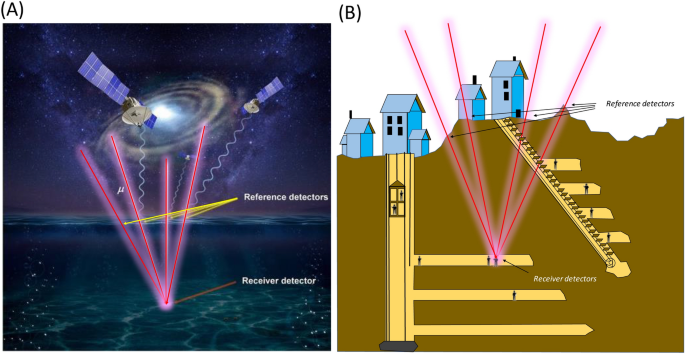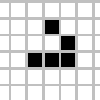Muometric navigation system - GPS alternative that penetrates underground, indoors, and underwater
While satellite-based global navigation systems have become essential tools in our daily lives, their effectiveness is often hampered by the fact that the signals cannot be accessed in underground, indoor, or underwater environments. Recently, a novel navigation system has been invented to address this issue by utilizing the characteristics of the ubiquitous and highly penetrative cosmic-ray muons.




Add comment